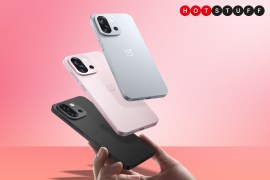Samsung Galaxy S24 vs Apple iPhone 15: which is best?
The Galaxy S24 and iPhone 15 go head to head to see if Samsung or Apple's everyman smartphone comes out on top.
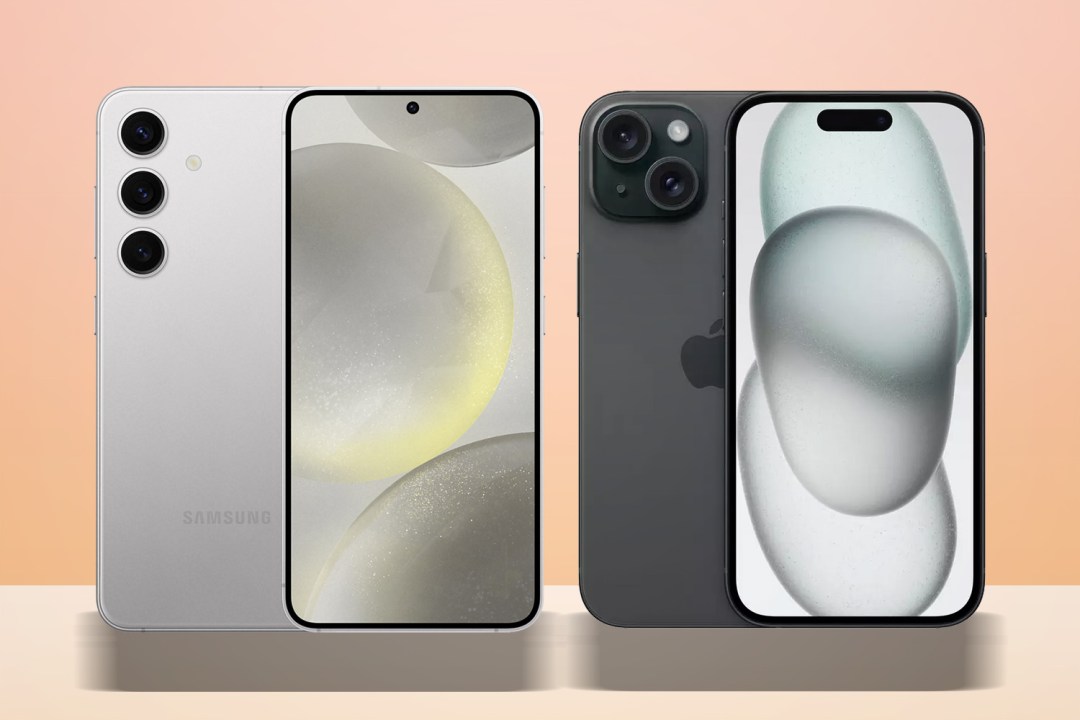
January’s Samsung Unpacked 2024 event revealed the latest generation of Galaxy smartphones. It’s the Galaxy S24 line-up, with the Galaxy S24 sitting at the bottom of the range – it’s the everyman device of the new ones. Things look pretty similar to before, but the newest Samsung phone has made some notable steps forward. Under the hood, things have got a decent bump, too. But, how does the S24 stack up to its Apple competitor, the iPhone 15?
This comparison started life before Stuff published its definitive Samsung Galaxy S24 verdict – but now it has, we’ve updated it with exactly how it stacks up to one of its biggest competitors. If you’re thinking about getting yourself a new handset and aren’t sure which to pick, read on:
Design & display: Holepunch vs Island
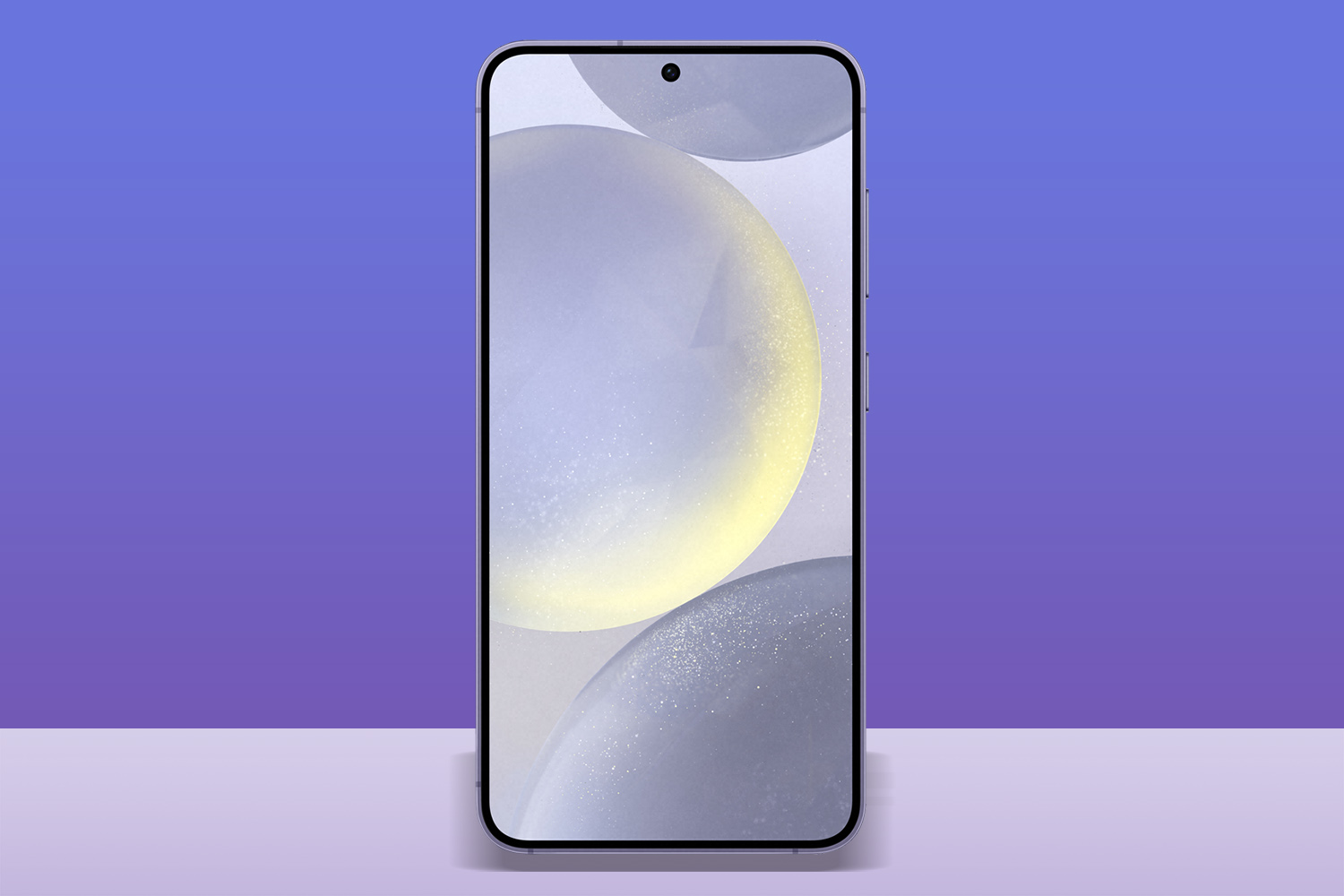
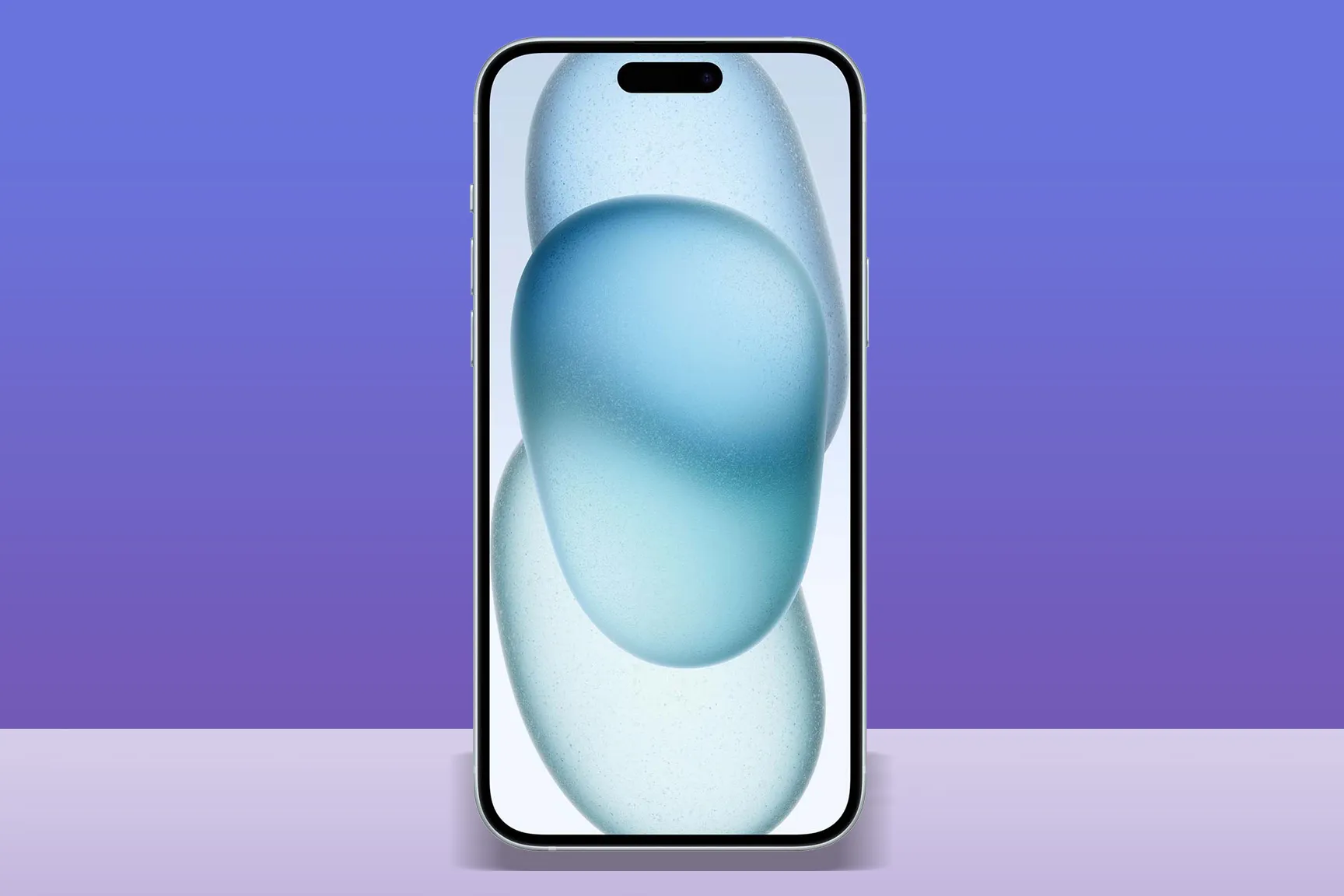
Things look pretty familiar in Samsung-land compared to last year’s Galaxy S23. But there’s one key change you’d be hard-pressed not to notice – and that’s flat edges. While the Galaxy S23 had rounded edges across all four sides of the handset frame, the S24 completely flattens these for a boxier feel. It’s funny, since Apple’s done the opposite with the iPhone 15 line-up (at least at the Pro end), rounding its flattened sides – though not to the extend of the Samsung Galaxy S24 Ultra. The iPhone 15 still keeps its flat sides, as the baseline iPhone has done for years.
While the Galaxy S24 doesn’t get the same titanium treatment as its more expensive Galaxy S24 Ultra sibling, it sports a new ‘armor aluminium’ frame that’s a lot more durable. The smartphone is still protected by Gorilla Glass Victus 2 on the front and back, which continues to offer protection against scrapes, scratches and the occasional drop. The device is also IP68 dust and water-resistant, so should be safe from any accidental drownings. The Galaxy S24 is available in mostly pastel hues consisting of Amber Yellow, Cobalt Violet, Marble Gray and Onyx Black (with a few shades available exclusively on the Samsung web store).
Samsung’s Galaxy S24 also manages to up the ante when it comes to the display. With some of the thinnest bezels kicking about, Samsung has managed to cram in an extra 0.1in into essentially the same area. The Galaxy S24 sticks with a FHD+ resolution panel for its 6.2in display. It packs a new LTPO adaptive refresh rate, allowing the smartphone to switch between 1-120Hz for maximum battery efficiency, especially when viewing static images. Peak brightness for the new device is also up from the S23 range’s 1750 nits, to 2600 nits. That’s going to outshine the sun on a particularly sunny day.
Apple’s latest and greatest also looks pretty familiar, but there are a few big design upgrades for the standard 15 model. The iPhone 15 brings down the same Dynamic Island front camera cutout as last year’s Pro, and opts for a matte glass rear panel. These additions should give the base-model handset a more premium feel, despite coming in at the bottom of Apple’s 2023 line-up. iPhone 15 also gets curvier, opting for more rounded corners. And, of course, all iPhone 15 models have also swapped to USB-C charging now, ditching the proprietary Lightning connector.
Apple’s 6.1in display doesn’t stack up quite as well as the Galaxy S24’s. It’s a 2556×1179 display with 460ppi pixel density, a meagre 60Hz refresh rate, and no always-on display. The iPhone 15 also only manages a 2000 nit peak, but that’s still perfectly usable outdoors in strong sunshine.
Performance, battery, software: two kinds of home grown
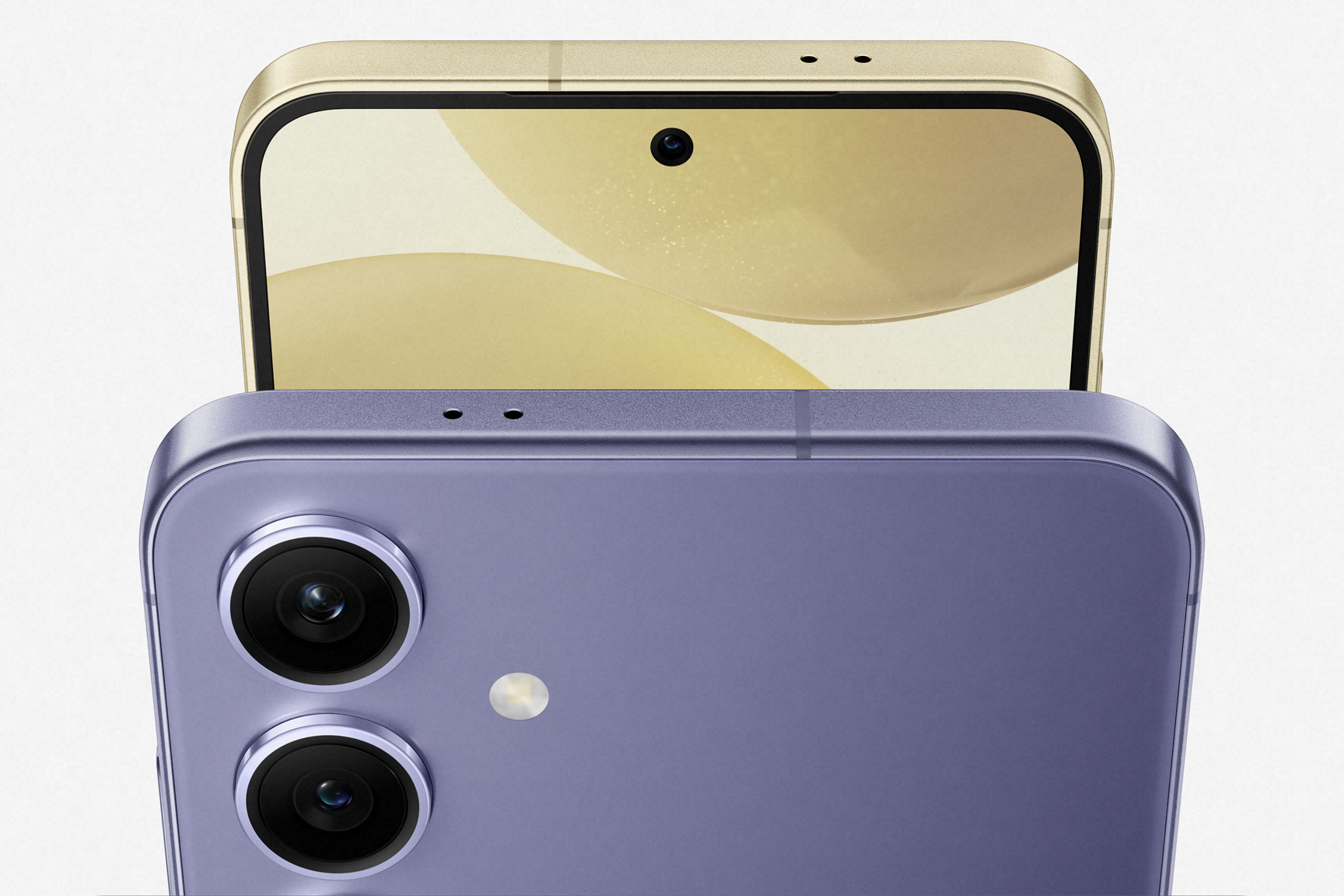
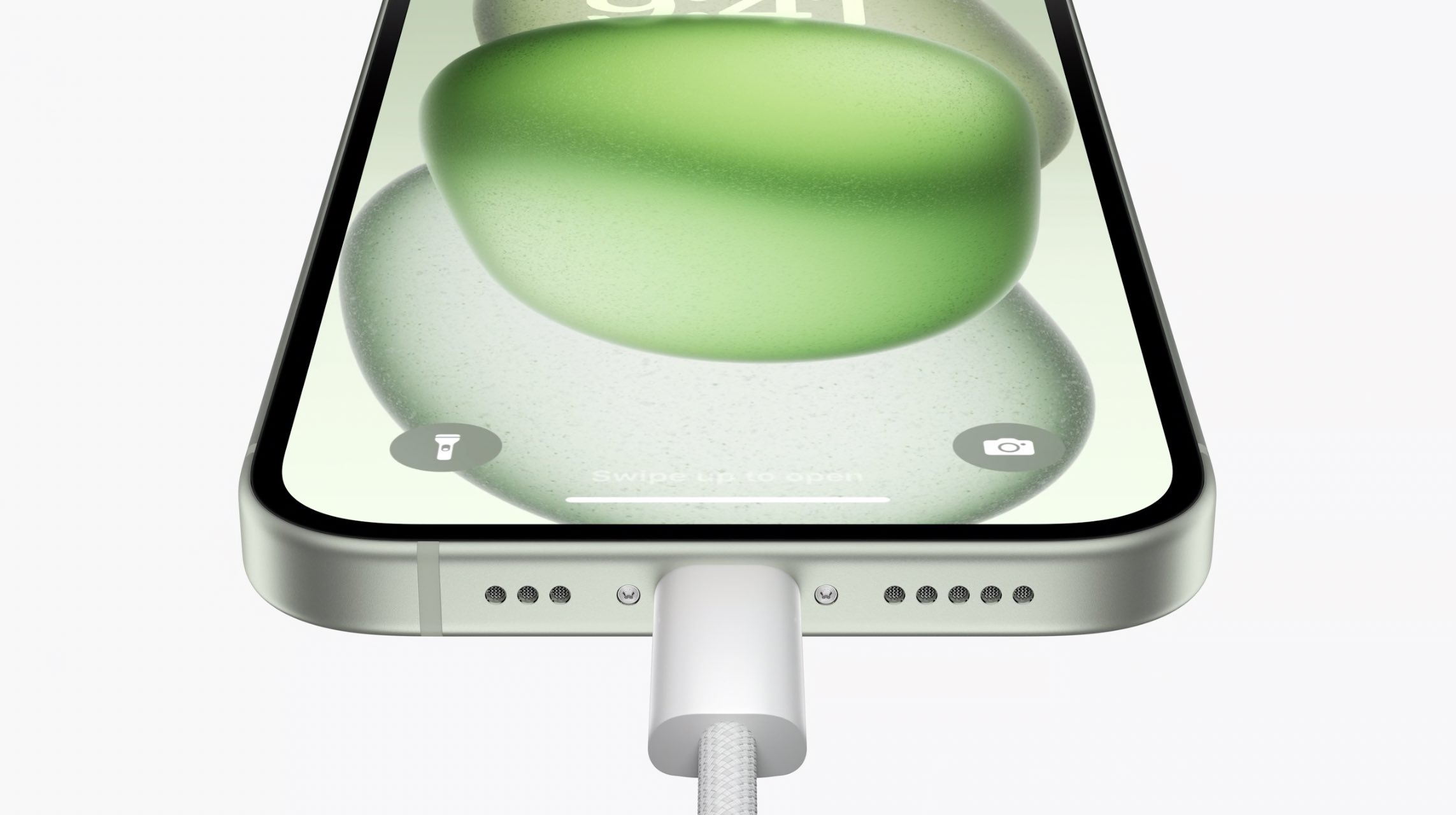
While last year’s Galaxy S23 range launched with Qualcomm’s Snapdragon CPU running the show, this year’s S24 will pack Samsung’s new Exynos 2400 processor instead – in the UK and Europe, at least. Samsung’s own Exynos processors have almost always fallen short in comparison to Qualcomm’s efforts (both in terms of battery life and power), and that’s largely true in 2024. Whether you get Snapdragon or Exynos inside, there’s 8GB RAM and 128GB/256GB storage options.
In terms of software, the Galaxy S24 comes running Android 14 with Samsung’s One UI on top. This time around, Samsung has added in a bunch of AI features. They include things like Circle to Search (which lets you circle any onscreen object to initiate a web search for it, and isn’t exclusive to the S24 series any more), along with AI-accelerated speech recognition for impressive transcribing accuracy. It’s a shame there’s nothing truly groundbreaking here, given how hard Samsung is pushing AI in its marketing, but these could be some handy features for convenience.
Battery fans will be pleased to hear that the Galaxy S24’s cell gets bigger this year, jumping up to 4000mAh. It offers the same charging speeds as the S23, with 25W wired and 15W wireless charging. This is a rather disappointing set of charging numbers from Samsung. The S24 Ultra offers offers 45W/15W wired/wireless charging, with plenty of other manufacturers blazing ahead with 65W-100W+ speeds. Expect roughly the same lifespan as before, meaning a day with moderate use, or less if you do a lot of gaming.
Inside the iPhone 15 you’ll find the A16 Bionic from last year’s iPhone 14 Pro models. iPhone chipsets are usually the fastest available in any smartphones. Apple tends not to reveal too much about its processors, but there’s dedicated AI processing in the Neural Engine for camera processing and powering Siri.
With the iPhone 15, you’ll get iOS 17 out of the box. iOS 17 is incredibly streamlined, with a visual consistency to its homescreen widgets Android fans can only dream of. There aren’t really any AI features here, bar from an accessibility feature that can recreate your voice (and is actually rather impressive). But if you like your intelligence artificial, the iPhone doesn’t have nearly as much to offer.
Apple’s iPhone 15 has a 3349mAh cell, from which you can expect a full day of use. Don’t let the numbers sway you too much; Apple has long been able to pull off some software trickery to get iPhones to last as long (or longer) than Android devices, even with smaller batteries. You’ll find an identical situation for charging. USB-C finally allows the iPhone 15 to charger faster than previous generations. It tops out at 25W wired, and 15W wireless – which is on par with the Galaxy S24, in what might be a first. The iPhone gets MagSafe magnetic charging on top, though.
Cameras: An extra lens means a clear winner, right?
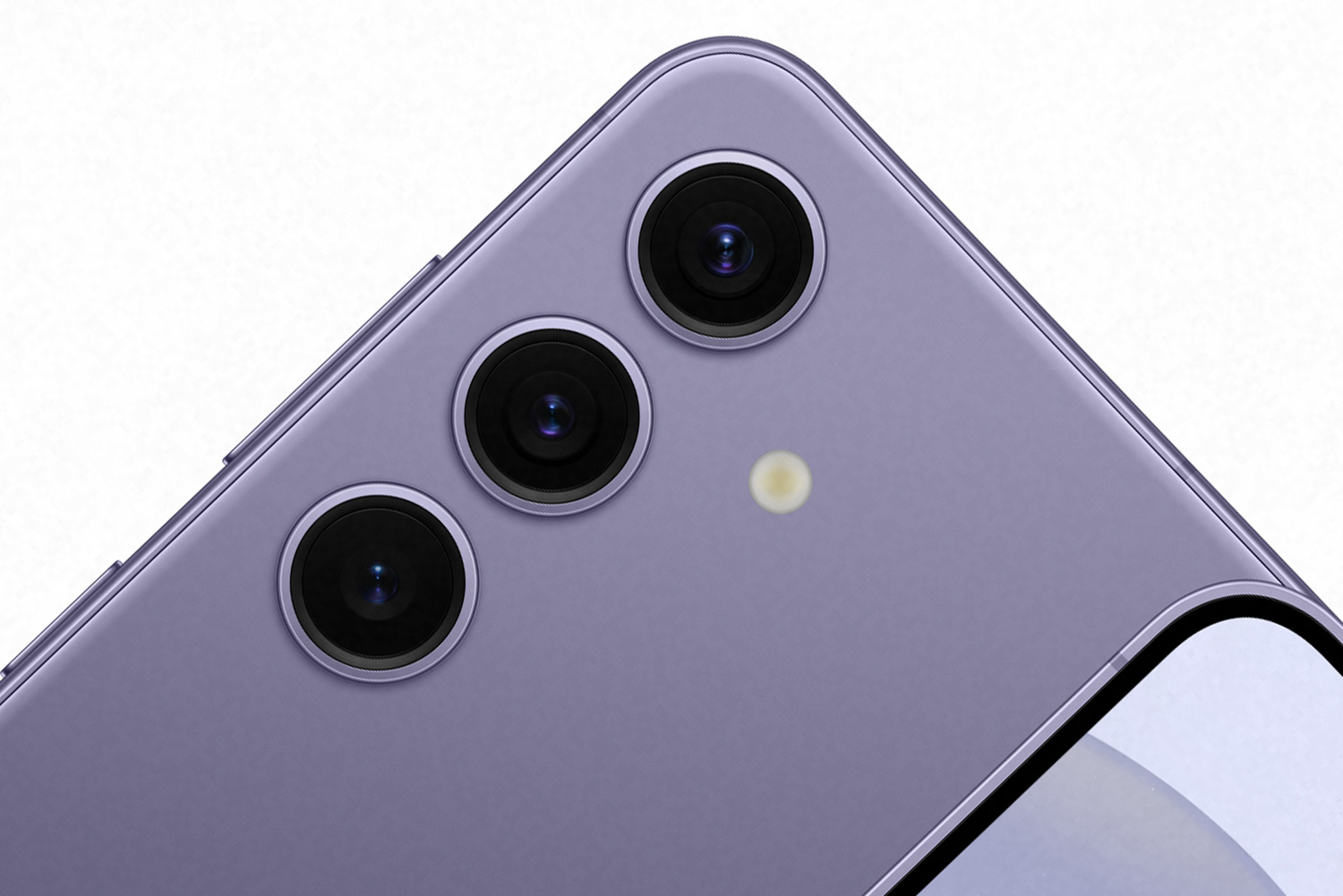
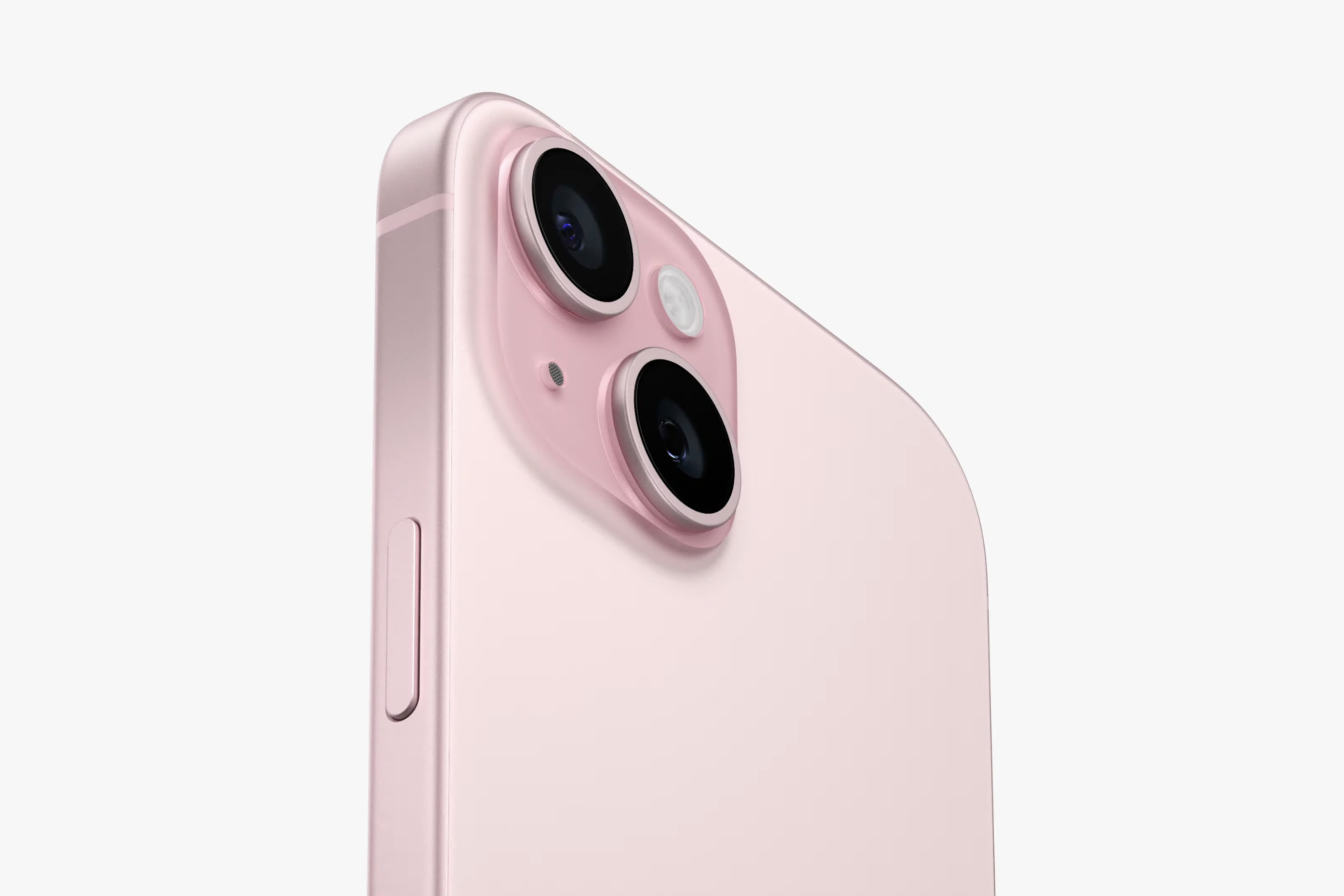
Photography fans will likely be disappointed to hear that the camera hardware on the Galaxy S24 is identical to that found on the S23. In fact, it remains unchanged from even the Galaxy S22 from the year before. If you’re keeping track, that means the camera setup is, for all intents and purposes, three years old. Apple’s cameras in the iPhone 15 are incrementally better than the iPhone 14‘s, so that’s a strong starting point. But the S24 has a whole extra lens, so surely it can offer more?
The Galaxy S24 packs a 50MP main snapper, a 10MP telephoto, and a 12MP ultrawide lens. The main module retains its f/1.8 aperture lens, dual pixel autofocus tech, and optical image stabilisation, while the 3x optical zoom telephoto maxes out at f/2.4, with PDAF and OIS. The ultrawide sticks with f/2.2 glass. As for the processing, there’s algorithm updates and end-to-end HDR processing, in addition to live previews in the camera and gallery apps, which are all nice improvements to have.
Perhaps more exciting, though, are the new generative AI tricks baked into the camera experience. Similar to features found on the Google Pixel 8 Pro, you’ll be able to select objects and remove them, or even replace them. A stray coffee cup in a shot could, for example, be completely erased from existence, or it could transform into a more visually pleasing object, like a candle.
Apple has gone for a new 48MP main sensor with f/1.8 lens, dual-pixel PDAF and OIS – brought down from the iPhone 14 Pros. They’re new sensors for the standard iPhone, despite being a year old. The 12MP ultrawide has an f/2.2 aperture, so should take some pretty decent shots. Google has gone for a 50MP main sensor with f/1.9 lens, optical image stabilisation, multi-directional PDAF and laser assistance. There’s also a similar 12MP ultrawide with an f/2.2 aperture for wider shots. Unfortunately, Apple has kept things pretty same-y on the feature front, and there’s still no sign of manual controls on either model.
Ultimately, a lot of the camera performance comes down to behind-the-scenes image processing here. Both handsets offer similar hardware, but the processing varies wildly. Apple and Samsung have different photographic styles, so which you prefer is going to vary. There’s very little in it in terms of quality.
Samsung Galaxy S24 vs iPhone 15 verdict
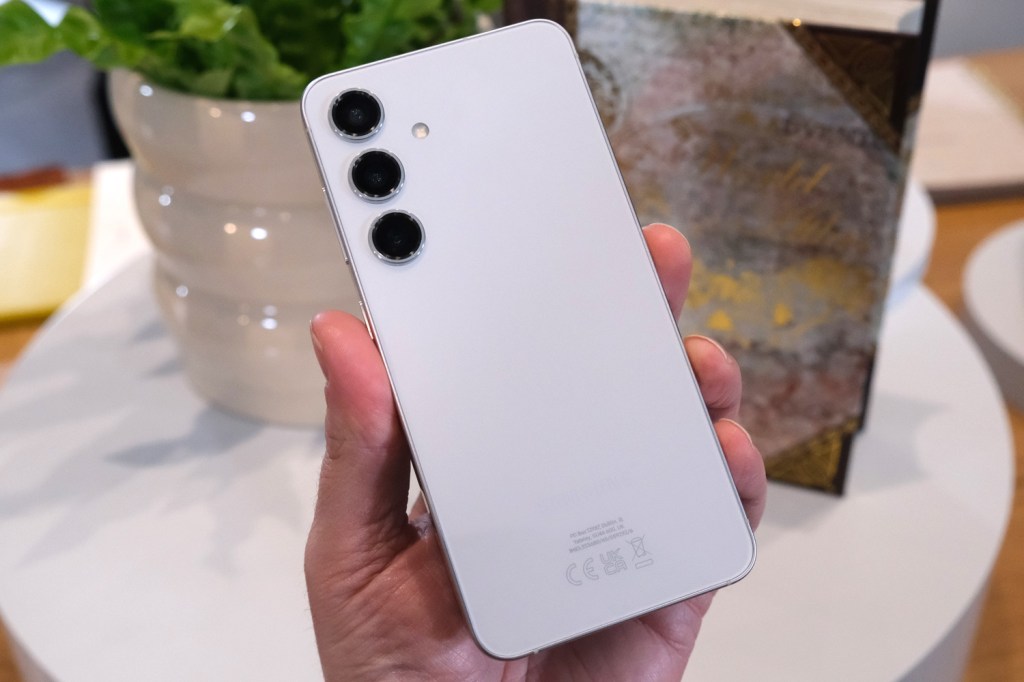
On paper, the phones look pretty evenly matched. There are strengths and weaknesses for both, resulting in a pretty level playing field.
Samsung’s display is brighter and snappier, but Apple’s performance on the iPhone 15 looks set to win. Batteries and charging are almost identical, and the cameras come down to better sensors or an extra lens for zoom. The iPhone 15 is also cheaper, so that’s a big tick in the box.
If you ask me, I’d probably pick the iPhone; it feels fresher than the S24, on account of dynamic island. The Samsung relies largely on a few hardware upgrades, and the addition of AI that won’t be everyone’s cup of tea. Both are still five star phones, though, so you’ll be happy with either in your pocket.

